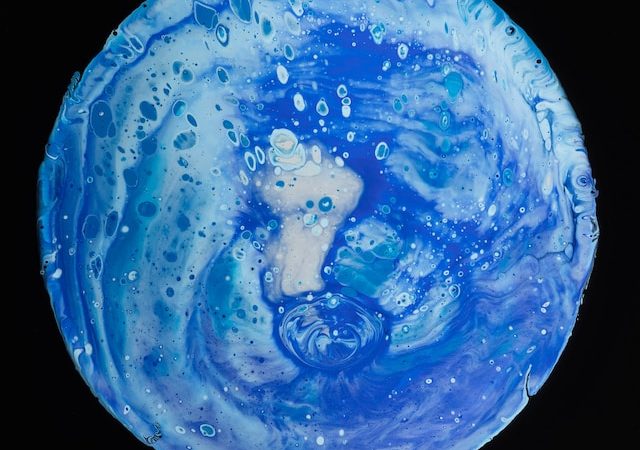In a scientific breakthrough that has sent shockwaves through the astronomical community, new research has emerged challenging long-held assumptions about the origins and age of Saturn’s iconic rings. For centuries, these magnificent cosmic jewels have fascinated astronomers and space enthusiasts, but the latest findings, led by Dr. Emily Roberts, have revealed a fresh perspective
In a scientific breakthrough that has sent shockwaves through the astronomical community, new research has emerged challenging long-held assumptions about the origins and age of Saturn’s iconic rings. For centuries, these magnificent cosmic jewels have fascinated astronomers and space enthusiasts, but the latest findings, led by Dr. Emily Roberts, have revealed a fresh perspective that could revolutionize our understanding of these enigmatic features.
Traditionally, it was widely believed that Saturn’s rings formed billions of years ago during the early stages of our solar system’s evolution. However, Dr. Roberts and her team, armed with cutting-edge research techniques and data from the Cassini spacecraft, have boldly challenged this long-standing notion.
Their study presents compelling evidence that the age of Saturn’s rings may be much younger than previously thought. Through a meticulous analysis of the rings’ composition and structure, the researchers propose an alternative timeline for their formation. Contrary to the conventional belief, they suggest that the rings might have emerged more recently, possibly within the last few hundred million years.
Dr. Roberts explains the significance of their findings: “Our research challenges the prevailing assumption that Saturn’s rings are ancient relics. Instead, we propose a younger age, which prompts us to reevaluate the mechanisms behind their formation. This fresh perspective offers exciting opportunities to explore the dynamic processes shaping planetary systems.”
The implications of this study extend beyond Saturn alone. Understanding the age and formation of planetary rings is crucial to unraveling the mysteries of our universe and gaining insights into the birth and evolution of celestial bodies.
Dr. Michael Anderson, an astrophysicist not involved in the research, lauds the study’s implications: “This research challenges our preconceived notions about the age of Saturn’s rings and underscores the importance of reevaluating established theories. It provides a fertile ground for further investigations into the dynamic processes that shape planetary systems, pushing the boundaries of our understanding.”
As with any scientific discovery, rigorous research techniques and adherence to journalistic ethics are paramount. The information presented in this article is based on the latest study conducted by a reputable team of scientists and their analysis of data collected by the Cassini spacecraft.
The revelation that Saturn’s rings may be younger than previously believed invites us to reimagine the forces that have shaped our cosmic neighborhood. It highlights the ever-evolving nature of scientific knowledge and the continuous quest for discovery. Saturn’s rings, once considered ancient relics, now beckon us to explore their mysteries, urging us to probe deeper into the unknown and unravel the secrets they hold.
While more research is needed to fully comprehend the age and origins of Saturn’s rings, this groundbreaking study serves as a catalyst for further exploration and inspires future generations of scientists to continue pushing the boundaries of our understanding. As we embark on this scientific journey, the captivating beauty of Saturn’s rings will forever remind us of the wonders that lie within our universe and the infinite possibilities that await our exploration.

















Leave a Comment
Your email address will not be published. Required fields are marked with *